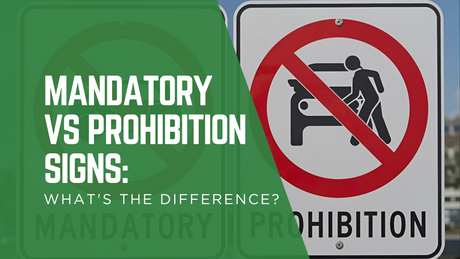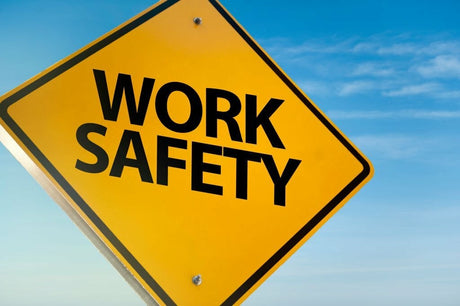The typical contents of a spill kit can vary depending on the specific type of spill kit and its intended use, but generally, spill kits are designed to contain items that help respond to and clean up spills effectively and safely.
Here are the typical contents you might find in various types of spill kits:
Spill Containment Booms:
Tool to confine spills, preventing further spread when placed around the affected area.
Absorbent Materials:
- Absorbent pads or rolls are used to soak up liquids, such as oil, chemicals, or hazardous materials.
- Absorbent socks or booms are cylindrical absorbent barriers used to contain and absorb spills, especially larger spills or spills on water.
- Absorbent pillows are thicker absorbent materials designed to absorb and contain spills.
Personal Protective Equipment (PPE):
- Gloves: Nitrile or chemical-resistant gloves to protect the hands when handling hazardous materials.
- Goggles or safety glasses: Eye protection to shield the eyes from splashes or airborne particles.
- Disposable coveralls: Full-body suits or coveralls to protect against contamination.
Containment and Disposal Supplies:
- Trash bags and ties used to dispose of contaminated absorbents and materials properly.
- Hazardous waste labels for marking and identifying hazardous waste containers.
- Scoop and scraper: Tools for safely collecting and removing contaminated materials.
Secondary Containment:
- Drip pans or trays: Used to place under leaking machinery or containers to catch and contain small spills.
- Drain plugs or covers: Prevents spilled liquids from entering drains or waterways.
Instruction Manual or Guide:
- Detailed instructions on how to use the spill kit effectively and safely.
Other Accessories (depending on the kit type):
- Hazmat suits: For handling highly hazardous materials.
- Absorbent powder: Used to solidify and clean up liquid spills.
- Disinfectant wipes: For cleaning surfaces after a spill.
It's important to note that there are various types of spill kits designed for specific types of spills, such as oil spills,
chemical spills, or universal spills (for non-hazardous liquids). The contents of the kit may vary to address the specific hazards associated with the materials you handle in your workplace. Therefore, it's crucial to select the appropriate spill kit for your needs and ensure that its contents are tailored to the types of spills you may encounter.
Contact Us to find out for more information on which spill kit suits your workplace.
Additionally, it's essential to regularly inspect and maintain your spill kit to ensure that the contents remain in good condition and are ready for immediate use in case of a spill.




